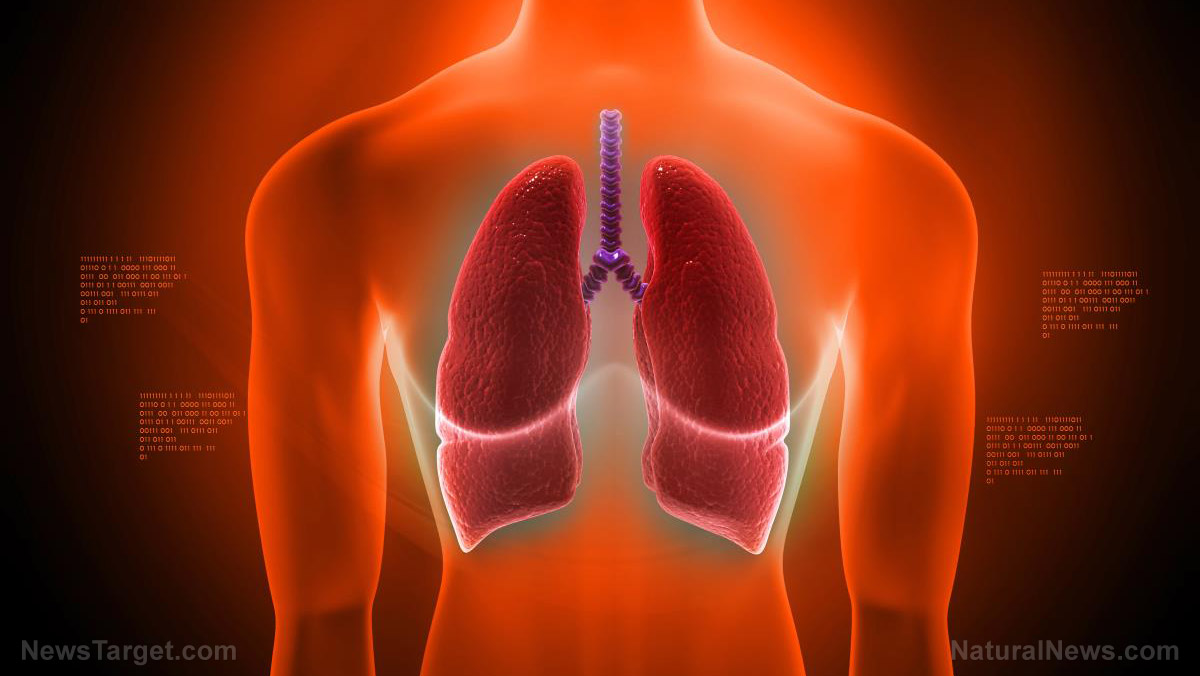A trip to the sauna may help your heart, according to a new study
05/12/2019 / By Zoey Sky

Sauna bathing is a relaxing activity that originated in Finland. According to an interesting study, spending time in a dry sauna can also boost your cardiovascular health.
The study was conducted by researchers from the University of Eastern Finland and published in the journal BMC Medicine.
Earlier research on saunas and heart health usually focused on its benefits for men. However, this study was the first of its kind to report that, regardless of gender, people can enjoy major health benefits from sauna bathing. (Related: Regular sauna bathing reduces your risk of vascular disease and mental health disorders, according to new study.)
According to Tanjaniina Laukkanen, first author of the study: Frequent sauna baths are linked to a reduced risk of fatal cardiovascular disease (CVD) events (e.g., heart attack and stroke) and all-cause mortality.
But it remains unknown why saunas are linked to these health benefits.
Saunas and lower risk for heart conditions
For the study, the researchers referenced the Kuopio Ischaemic Heart Disease (KIHD) Study, an earlier population-based heart disease study done in Finland.
Using the KIHD study, the team analyzed the occurrence of cardiovascular disease incidents among a cohort of 1,688 volunteers. This included both men and women aged 53 to 74.
The researchers initially examined the participants between 1998 and 2001 and had regular follow-up visits with them afterwards. They instructed the volunteers to report their sauna bathing habits, including how often they went every week, how long each sauna bath took, and the temperature of the sauna room.
The researchers divided the volunteers into one of three groups based on sauna frequency: Those who went once per week, twice to thrice a week, or four to seven times per week.
The researchers reported that a total of 181 fatal CVD events occurred during the roughly 15 years of follow-up. They also found that the participants who used saunas more frequently were less likely to die.
Based on their data, the researchers confirmed that the lowest risk of CVD-related mortality was in the group that took sauna baths four to seven times weekly. Those in the group that only took one sauna bath weekly had about four times as many deaths as the group of frequent users.
The volunteers who usually took longer sauna baths of about 45 minutes or longer per session, compared to 15 minutes or less, also had better outcomes in terms of CVD-related mortality.
Sauna bathing in the U.S.
Dr. Cindy Grines, chair of cardiology at Zucker School of Medicine at Hofstra/Northwell in New York, explained that heat therapy benefits various systems of the body. To illustrate, someone who’s sick develops a fever because the heat lets their body fight the infection better.
However, the study findings present several challenges for Americans. In Finland, sauna bathing is a common and culturally significant activity. On the other hand, dry saunas are only found in gyms or day spas in the U.S.
Dr. Grines added that while saunas offered the greatest benefit to the volunteers who bathed at least four to seven times a week, this is a frequency that Americans are unlikely to achieve.
Safety tips for sauna bathing
When you enter a sauna in the U.S., you will often see a warning for people with heart conditions. While saunas are generally safe, those who have had a previous heart attack or other heart-related medical emergencies must consult a physician to determine if they can safely go sauna bathing.
Surprisingly, this study and previous research suggest that saunas are actually beneficial for people with heart problems.
To ensure your safety, keep the following recommendations in mind when taking sauna baths.
- Don’t drink alcohol before, during, or after using a sauna.
- Stay hydrated while in the sauna. Bring water with you and drink while you’re bathing.
- The heat from a sauna can lower your blood pressure. It can also cause dizziness, especially upon standing up. Stand up slowly and be aware of your surroundings in a sauna.
- Lift your legs while you’re in the sauna to promote blood flow to the brain.
- Drink at least two to four glasses of cool water after each sauna bath.
If you’re not used to saunas, Laukkanen advised that you should take a quick bath until you get used to the heat. You should also cool down in room temperature and avoid extreme temperature changes.
Try going to a sauna with your friends, and boost your heart health by taking several sauna baths weekly.
Sources include:
Tagged Under: alternative medicine, cardiovascular diseases, cardiovascular health, cardiovascular risk, dry sauna, Heart, heart health, natural cures, natural health, natural medicine, prevention, research, sauna, sauna bath, sauna bathing


















